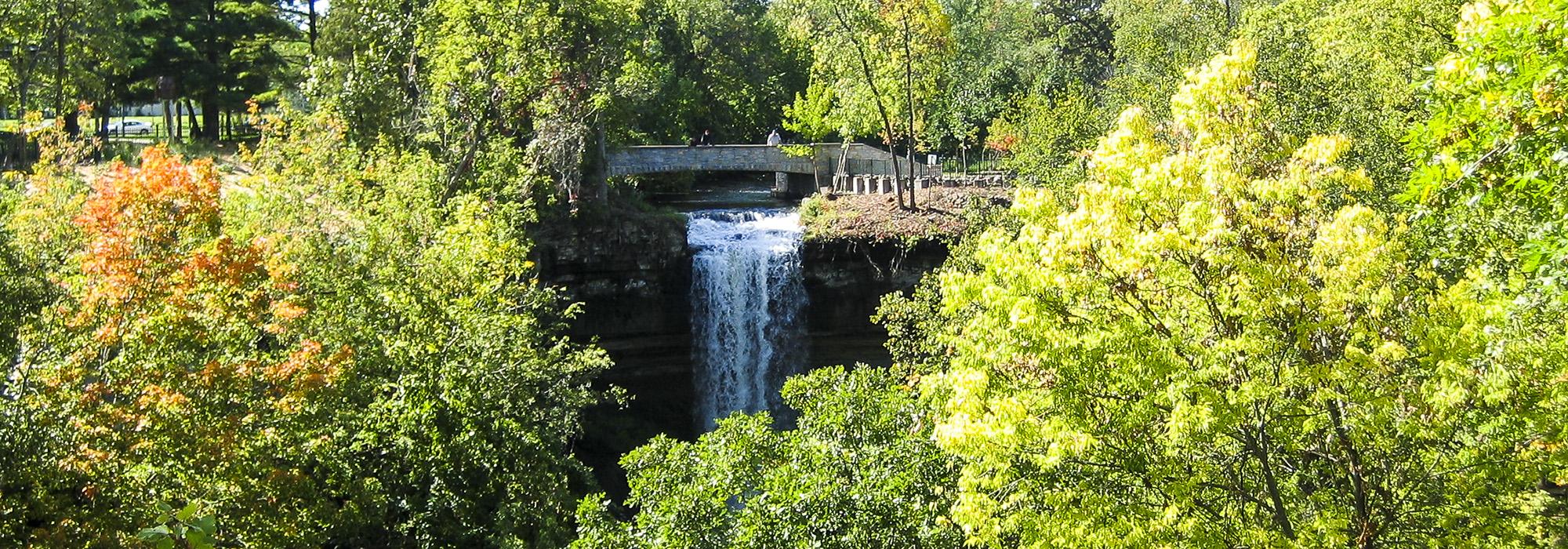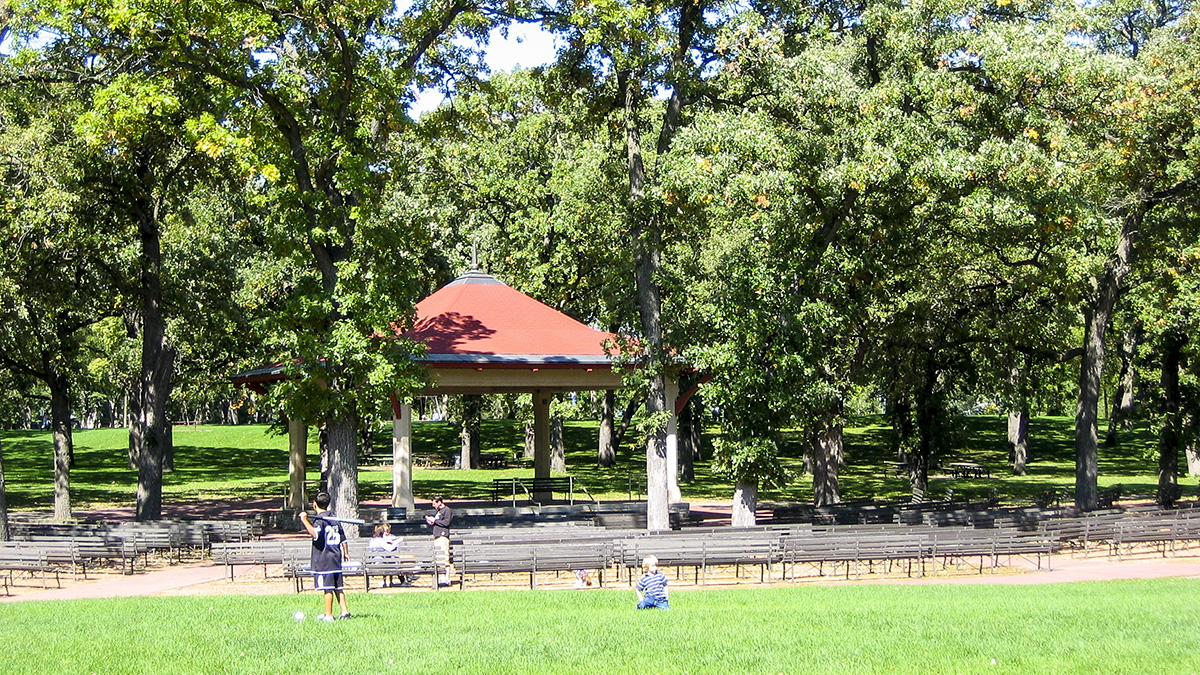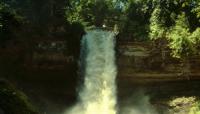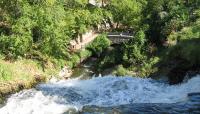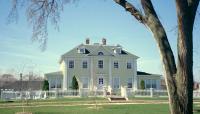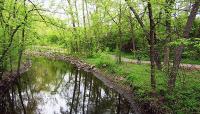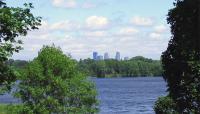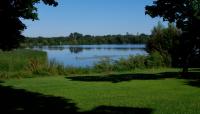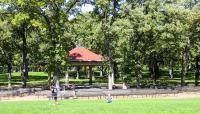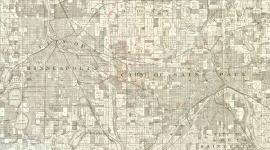Landscape Information
This southern section of the Grand Rounds includes Lakes Hiawatha and Nokomis connected by a parkway to plateaus with mature oaks and maples and limestone bluffs overlooking the Mississippi River. Many of the park's namesakes, including Minnehaha, Hiawatha and Nokomis, come from Henry Wadsworth Longfellow’s 1855 epic poem The Song of Hiawatha. These landscape components and the parkway are organized around Minnehaha Creek, a picturesque stream that empties into the Mississippi after dropping 53 feet at Minnehaha Falls.
In 1889 the State and private donors acquired 173 acres for the city near Minnehaha Falls and four years later connected the park to Lake Amelia (later renamed Nokomis) via a gravel parkway. Lake Nokomis was added to the system at the suggestion of Warren Manning in his 1899 park review. Between 1914 and 1924, park superintendent Theodore Wirth transformed the shallow water body into a deepwater lake surrounded by picturesque grounds. Hiawatha Park, including similarly reconstructed Rice Lake (now Lake Hiawatha), was acquired in 1923. Dredge from the lake was used to create Hiawatha Golf Course, which was designed by Garrett D. Gill and Paul Miller and in 1934. During this time the parkway was also enhanced with natural plantings, path improvements and stone bridges over Minnehaha Creek. Stevens House, the city's first house west of the Mississippi River, was moved to the park in 1896 and the Longfellow House, a 2/3 scale replica of the poet’s home, was incorporated in 1924 along with a zoo (now home to Longfellow Gardens). A statue of Hiawatha carrying Minnehaha by Jakob Fjelde was placed near the falls in 1912. The 1,045-acre Minnehaha Historic District was listed in the National Register of Historic Places in 1969.



